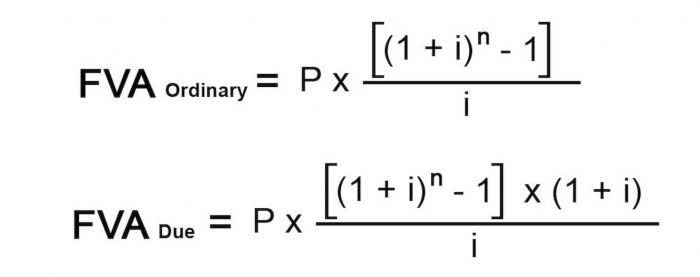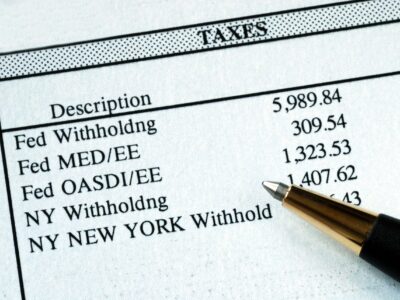Capitalisation of internally generated intangible asset

However, that represents only about one-third of the worldwide tally for intangible asset value. IFRS 16, issued in January 2016, amended paragraphs 3, 6, 113 and 114. IFRS 15 Revenue from Contracts with Customers, issued in May 2014, amended paragraphs 3, 114 intangible assets do not include: and 116. Its ability to measure reliably the expenditure attributable to the intangible asset during its development. The availability of adequate technical, financial and other resources to complete the development and to use or sell the intangible asset.
FASB issues final fair value guidance for crypto assets – Crowe
FASB issues final fair value guidance for crypto assets.
Posted: Fri, 15 Dec 2023 08:00:00 GMT [source]
Recognition and measurement
- Financial securities, such as stocks and bonds, are also considered tangible assets even though they can’t be held.
- IFRS 16, issued in January 2016, amended paragraphs 3, 6, 113 and 114.
- Internally generated brands, mastheads, publishing titles, customer lists and items similar in substance shall not be recognised as intangible assets.
- If an entity cannot distinguish the research phase of an internal project to create an intangible asset from the development phase, the entity treats the expenditure for that project as if it were incurred in the research phase only.
For example, if a company registers a patent, the legal costs, patent filing expenses, and others can all be written off. Sometimes there is a choice involved when a new asset is needed, which comes down to a business decision about which approach will be more valuable to the company long-term. They are typically used by a company over a long-term period and are often intellectual assets. The https://www.bookstime.com/articles/accounting-equation Merriam-Webster dictionary defines intangible as something that is “not capable of being touched or not having physical substance.” Intangible assets are just that; assets that have value but no physical substance. What this essentially means is the difference represents how much the buyer is willing to pay for the business as a whole, over and above the value of its individual assets alone.
- The transfer from revaluation surplus to retained earnings is not made through profit or loss.
- You need to recognize various types of intangible assets if they meet the following criteria.
- Accounting uses historic costs to calculate the value of a company, whereas market value comes from how investors perceive the future of the company.
- For the purpose of determining whether an exchange transaction has commercial substance, the entity‑specific value of the portion of the entity’s operations affected by the transaction shall reflect post‑tax cash flows.
- Development does not include the maintenance or enhancement of ongoing operations.
- However, properly valuing intangibles is critical, especially during the sale of a company, as these assets can be a big determiner of the purchase price above that of the tangible assets.
Balance sheet example

For example, if XYZ Company paid $50 million to acquire a sporting goods business and $10 million was the value of its assets net of liabilities, then $40 million would be goodwill. Companies can only have goodwill on their balance sheets if they have acquired another business. Referring to the identifiable intangible asset definition mentioned earlier, goodwill does not meet the IFRS definition, as it is not identifiable/not separable.
Intangible assets with finite useful lives
IAS 38 Intangible Assets outlines the accounting requirements for intangible assets, which are non-monetary assets which are without physical substance and identifiable (either being separable or arising from contractual or other legal rights). Paragraphs 25–32 deal with the application of the recognition criteria to separately acquired intangible assets, and paragraphs 33–43 deal with their application to intangible assets acquired in a business combination. Paragraph 44 deals with the initial measurement of intangible assets acquired by way of a government grant, paragraphs 45–47 with exchanges of intangible assets, and paragraphs 48–50 with the treatment of internally generated goodwill. Paragraphs 51–67 deal with the initial recognition and measurement of internally generated intangible assets.

Straight-line amortization is calculated the same was as straight-line depreciation for plant assets. Generally, we record amortization by debiting Amortization Expense and crediting the intangible asset account. An accumulated amortization account could be used to record amortization.
IFRS Accounting
- These assets are generally considered long-term whose value increases over time.
- However, the legal enforceability of your right does not necessarily give you control over the asset.
- This requirement applies whether an intangible asset is acquired externally or generated internally.
- Any unauthorized use of someone else’s intellectual property is called infringement.
- If an entity applies those amendments for an earlier period it shall disclose that fact.
- In January 2008 the Board amended IAS 38 again as part of the second phase of its Business Combinations project.


Leave a Reply